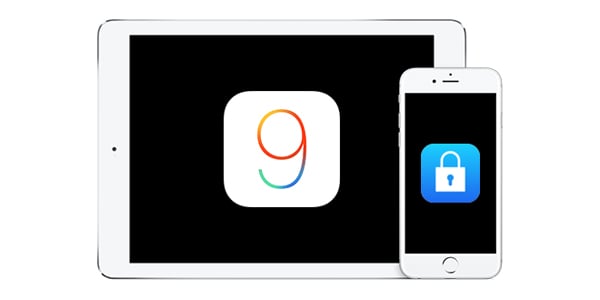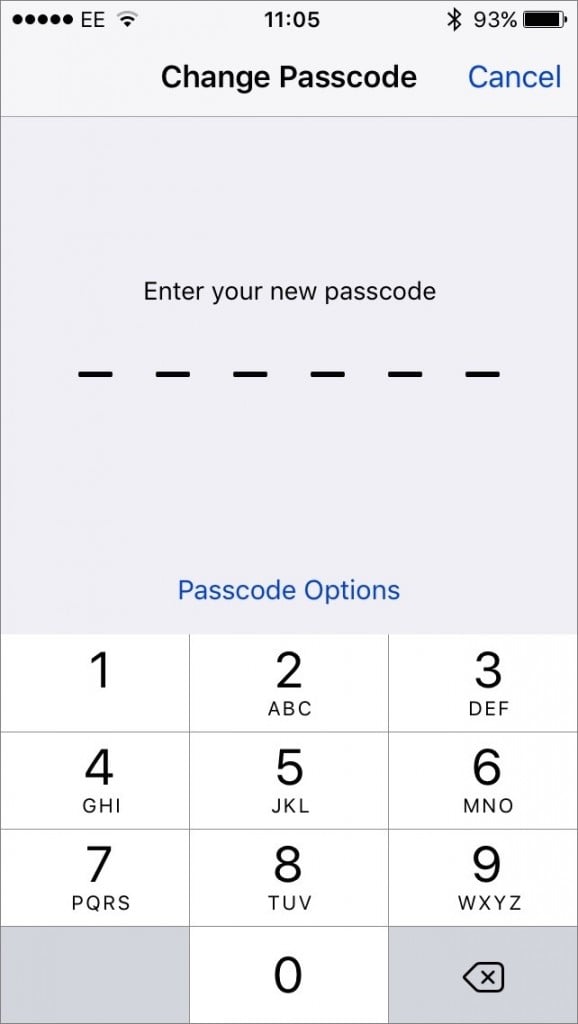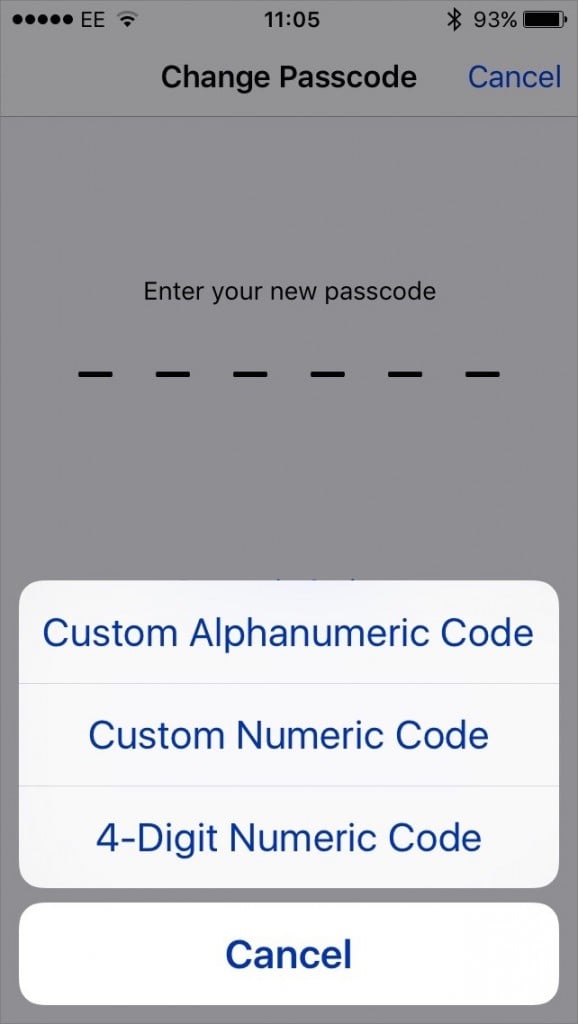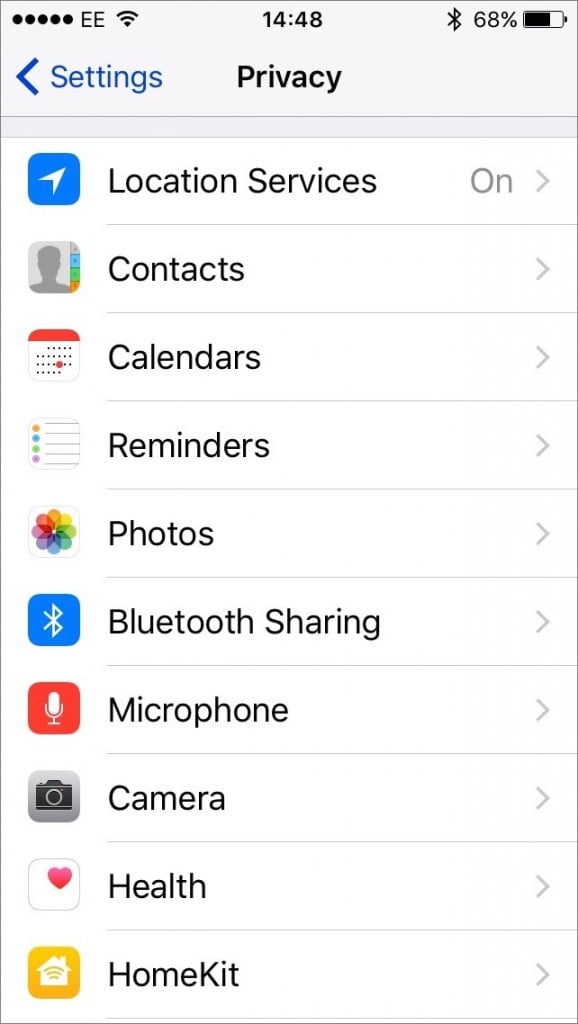Apple + Recommended + Security & Privacy
iOS 9 Security and Privacy Features Explained
Posted on
by
Kirk McElhearn

It’s that time again: Time to update your iOS devices to the latest version of Apple’s mobile operating system. iOS 9 brings numerous new features to your iPhone and iPad, and is compatible with all iOS devices that can run iOS 8.
If you’re getting ready to update, or even if you already updated, it’s a good idea to take a few minutes and have a look at the many security and privacy features iOS 9 offers. Some have been around for a while, and some are brand new.
Locking the Door
When you set up an iOS device, you’re asked to create a passcode. When you upgrade the device, however, it retains your existing passcode. The passcode is the key to your device, which protects it so others can’t view your email or photos, or access your personal information.
While you can turn the passcode off (Settings > Touch ID & Passcode; or, for devices that don’t have Touch ID, Settings > Passcode), this isn’t a good idea.
In iOS 9, the default passcode is now six digits, instead of four. You could set a passcode before that was longer than the default four digits, but this feature was a bit hidden. As Apple says, this increases the security of your device; instead of there being only 10,000 combinations, there are now one million possible combinations.
But you have other options, and they’re easy to access. Just tap “Passcode Options,” as indicated on the above screen, and you’ll be able to choose from three different types of passcode: Custom Alphanumeric Code, Custom Numeric Code, or 4-Digit Numeric Code.
You can choose either a Custom Alphanumeric Code (any number of letters and/or digits), a Custom Numeric Code (any number of digits), or a simple 4-Digit Numeric Code, such as you used before. Tap one of these choices and follow the instructions to set up your passcode. If you’re upgrading a device, go to the Passcode settings and change your passcode to a new, longer one, for more security.
If you have an iOS device with Touch ID — the iPhone 5s or later, the iPad Air 2 or later, or the iPad mini 3 or later — then you’ll find that you rarely need to enter your passcode. In this case, it’s a good idea to use a longer passcode, since you can quickly unlock your iPhone or iPad with your thumb or finger. (Learn how to set up Touch ID.)
Double Security
Apple has offered two-factor authentication for some time (here’s how you set it up), but with the release of iOS 9 and OS X El Capitan, Apple is changing the way this works. Previously, you had to save a recovery key, a long string of characters that Apple suggested you print out and store in a safe place. This presented a number of problems, however, such as people not saving it, losing it, or not being in the location where it was stored when they needed to access it.
It’s a good idea to turn on two-factor authentication, especially now that the process is a bit simpler. If, however, you get locked out of your account, it can take several days for Apple to reinstate it. If this happens, go to iforgot.apple.com and follow the instructions. Apple will contact you and ask you a number of questions, so you can prove that you are, indeed, you, and have not been replaced by an alien or a cyborg.
Note that with the new Apple two-factor authentication, you should be running iOS 9 and OS X El Capitan on all your devices. So, while you may be updating to iOS 9 right away, El Capitan won’t be out until the end of the month. Found out more here.
Keeping Things Private
iOS 9 offers oodles of privacy settings. Go to Settings > Privacy to change these.
Here are some of the most useful privacy settings to check:
- Location Services let apps find out where you are, using your iOS device’s GPS, and/or wi-fi. You’ll need this for apps that tell you the weather, or Apple’s Maps or Google Maps, or any direction app, such as Waze. You may also want to turn it on for the Camera app, so you can later view where you were when you took specific photos. And you should probably leave it on for Siri & Dictation; this lets Siri give you local results when you search for hotels, restaurants, cinemas, and more. But what about apps like Facebook and your Twitter client; do you really want to broadcast where you are to strangers? You should turn Location Services off for these apps.
- Contacts, Calendars, and Reminders show apps that want access to this type of information. It may be as simple as an app asking to access your contacts so you can share something, or access your own contact card to enter your address. Not many apps request access to calendars or reminders.
- Camera and Microphone are for apps that want to take pictures, such as any camera app (other than the built-in Camera app, which is automatically allowed access), or apps like Dropbox (which can sync photos), Evernote (which you can use to add photos or scans to notes), and others.
- Health provides access to fitness apps, allowing them to read from or write to HealthKit, the underlying framework that the Health app uses. If you use any of these apps, you can limit which types of data they can read or write.
- Motion & Fitness settings, like the Health settings, let you choose which apps have access to your activity. Using the built-in motion co-processor on certain devices, apps can find out how many steps you’ve walked, and how intensely. Turn on Fitness Tracking to allow this, then choose which apps can access this data.
You’ll be alerted any time an app requests access to the above data, but it’s good to check these settings from time to time to see which apps are accessing your private information. You may find some that you would rather turn off.
And More…
There are more new security features under the hood in iOS 9. In short, these include improved VPN (virtual private network) features, secure HTTPS connections from apps to servers or websites, content blocking extensions for Safari, which can block ads to make browsing smoother and protect your privacy, and more. So, go on: Update your iOS device to iOS 9, and take advantage of Apple’s new security and privacy features.
Have something to say about this story? Share your comments below!


